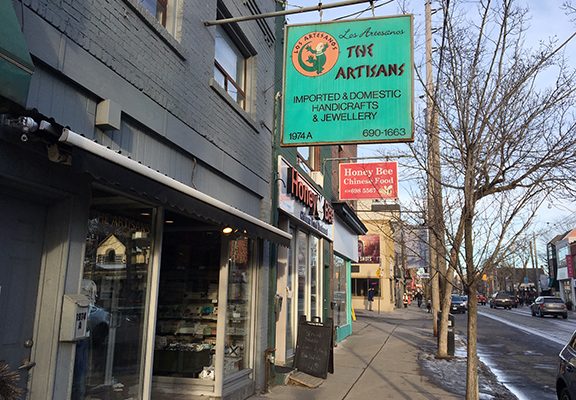Shared dorms in Toronto shelters put users at risk of airborne COVID-19 transmission, critics warn

The City of Toronto’s continued operation of homeless shelters with shared sleeping areas defies widespread acknowledgement that COVID-19 can effectively spread via airborne transmission, say health experts and advocates for people experiencing homelessness.
There are concerns that shelter users sleeping in those environments face a heightened risk of transmitting or contracting the novel coronavirus.
“We should be deeply concerned that shelters are still being operated like this,” said Zoe Dodd, who works with Toronto’s homeless population through the Overdose Prevention Society.
Aerosol transmission of COVID-19, in which the virus spreads through microscopic airborne particles, has been acknowledged as a threat by Toronto Public Health.
The U.S. Centers for Disease Control notes in its guidelines that aerosols containing the virus can stay afloat for hours, in some cases leading to COVID-19 transmission even when people are more than two metres apart.
Jeffrey Seigel, an engineering professor at the University of Toronto, called the prospect of aerosol COVID-19 transmission in homeless shelters “a critical issue” that the city should immediately address.
He said similar congregate settings, such as the living quarters of farm workers and some long-term care facilities, indicate that aerosol transmission can be a dangerous driver of COVID-19 outbreaks.
“A substantial amount of transmission is happening in some spaces because of long range aerosol,” Siegel told CBC Toronto.
He identified three factors that can increase the risk of transmission when people gather indoors: crowding, the amount of time spent in a location, and ventilation.
The environment in congregate homeless shelters, he said, “hits two, maybe three of the high-risk triggers for COVID-19 transmission.”













